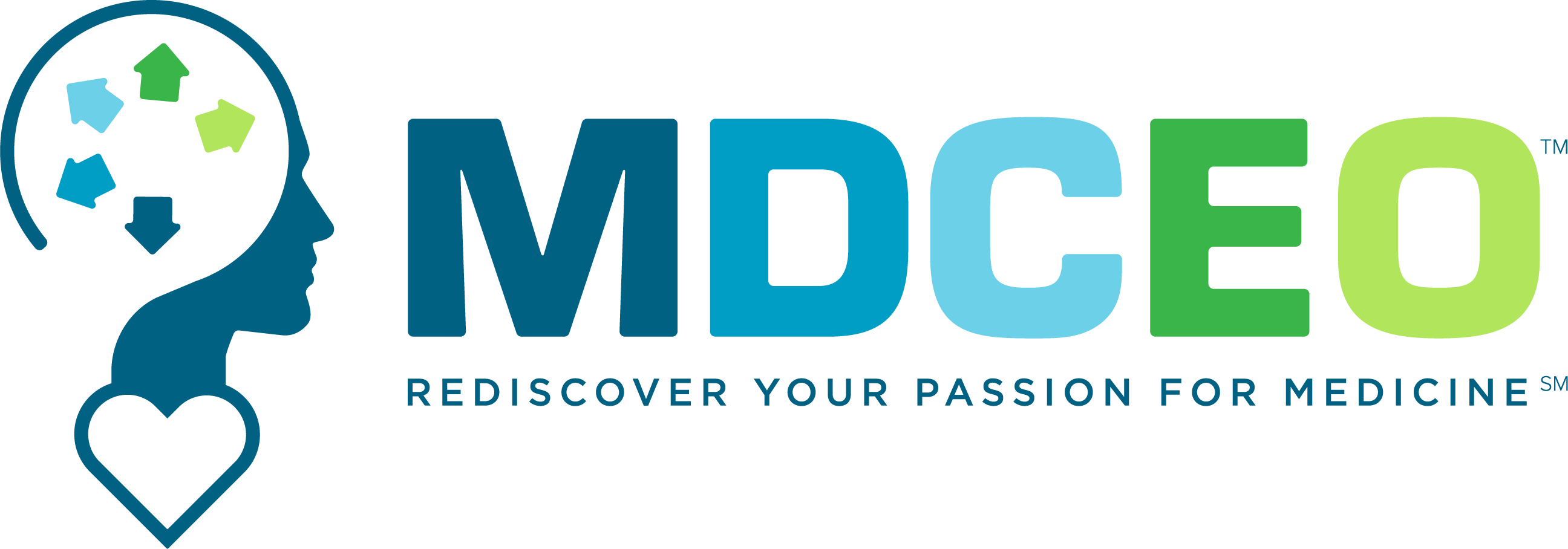July 15, 2024: Feeding the Inner Healer/Helper: Part A
Moving from Fee for Service to Prospective Payment in Primary Care: Advanced Primary Care: The Future of Primary Care – Part 13

Sponsored by WWW.THEMDCEO.COM
Stephen Covey identified Sharpening the Saw as one of the seven habits of highly effective people. According to Covey, “Sharpening the Saw” means “preserving and enhancing the greatest asset you have—you. It means having a balanced program for self-renewal in the four areas of your life: physical, social/emotional, mental, and spiritual”. We believe that offering team-based Advanced Primary Care requires an active effort to help each member of the team to continuously sharpen their saw.
In most medical offices this is limited to vacations, Continuing Medical Education and professional development of physicians and nurses. Taking time to upgrade their knowledge and skills is the traditional method that is used. For clinicians it is clearly critical to maintain themselves as lifelong learners. While it’s a good beginning, it’s not sufficient for the challenge of Advanced Primary Care.
Each member of the team needs to stay in touch with her/his inner healer/helper throughout the work week. We use the term “inner healer” to refer to the members of the team who have chosen a career in their respective professions. Staff members who have been hired to support the professionals also need to be oriented to and supported in their work as helpers of patients.
The challenge is complicated by the limited time available during a busy and productive schedule of patients and tasks. Also, methods that are cost-effective need to be used. We believe there are some methods that can work.
We strongly recommend that each member of the team read “The Art of Medical Leadership” written by Susan Oran and Scott Conard, MD. Each member of the office team is a leader. From physician to janitor/security guard, how people think, act and communicate contributes to the culture that supports the care delivery process. As we’ve said before, patients can sense the culture and warmth of the practice when they call in and when they visit the practice. Promoting patient loyalty to the practice is critical. A Patient-Centered Medical Home needs to feel like a home for all involved.
How to Sharpen the Saw?
Storytelling is a powerful method of communication and community building. Stories that members of the team tell one another, and stories told by the team to patients, vendors, etc. have an impact.
During staff meetings, ask the team members to share stories of success and disappointment/failure. Ask each team member to share a story that describes the last time they felt pride in their work. Have one story told per staff meeting. Make a habit of this.
Look at your website. Is it alive and vital? Does it tell the full story of your center?
Ask the physicians, the nurses/navigators/care managers and the other professionals involved in the team to describe their “why”. Why did they choose their profession? Consider video recording these and sharing them via your website. This can be done with a cell phone.
Prior to each new patient visit, send the patient a link to the clinician they will be seeing as a way of orienting them to the office visit.
Ask grateful patients to share their story, videorecord it and share it through your website. At least get the story in writing and place a copy on the walls of the waiting room. This can be done slowly over time.
Look at the walls in your center. You can communicate what is important in your center before the patient even engages with a clinician. The pictures also serve to remind the team members of their reason for working there. Many OB/Gyn practices have pictures of the babies they’ve delivered on their walls.
Your pictures tell the story of what your practice values.
Scott Conard, MD Michael Tuggy, MD Susan Lindstrom Laurence Bauer, MSW, MEd
scott@scottconard.com MTuggy@converginghealth.com slindstrom@mypha.com Laurence.bauer@gmail.com
